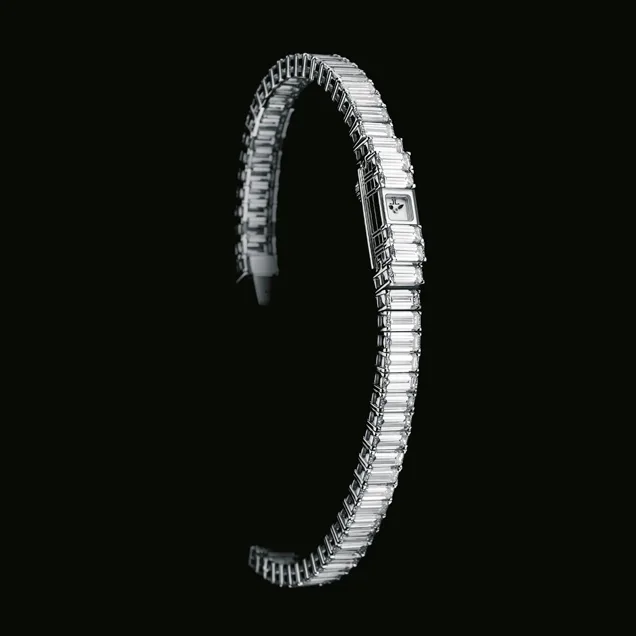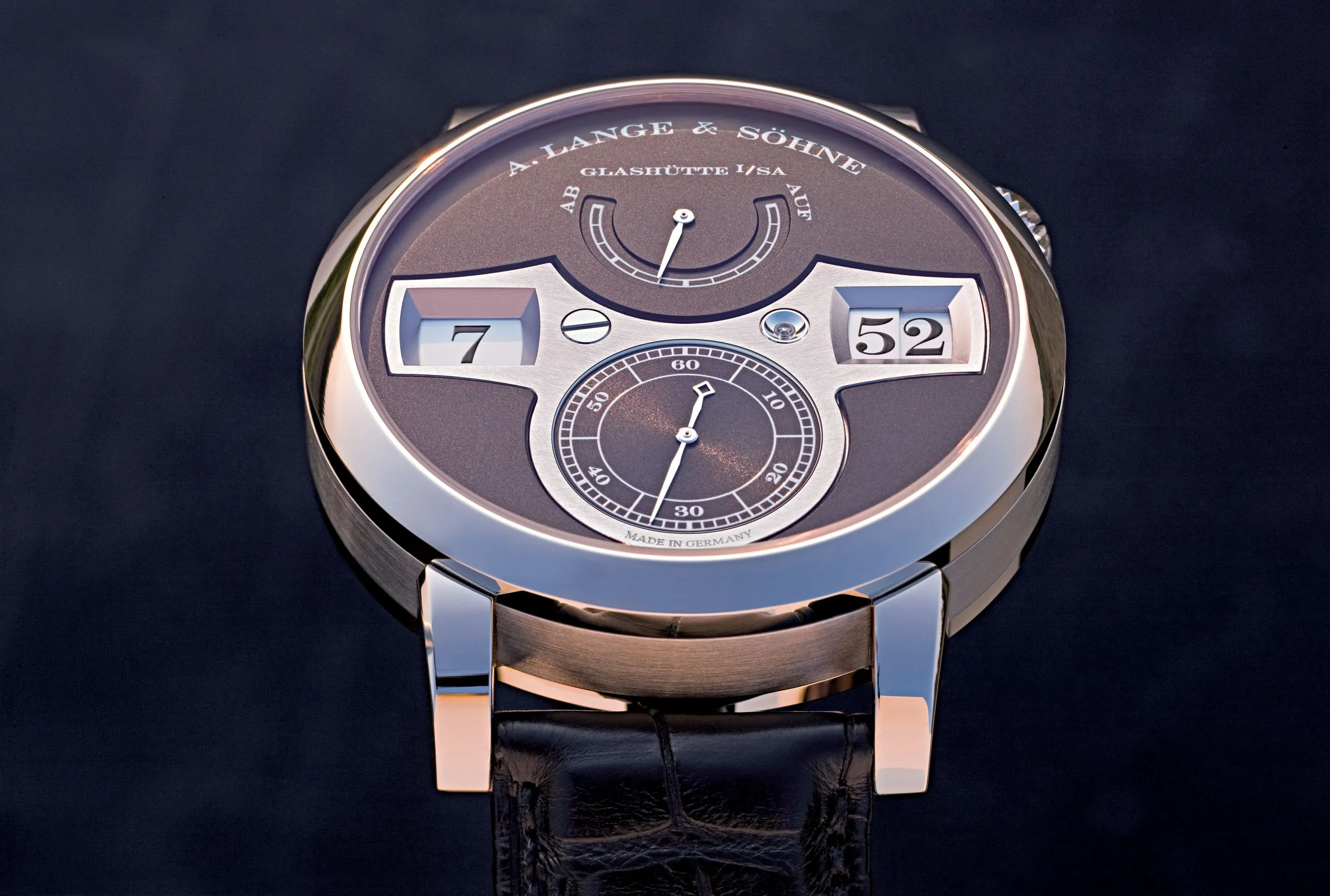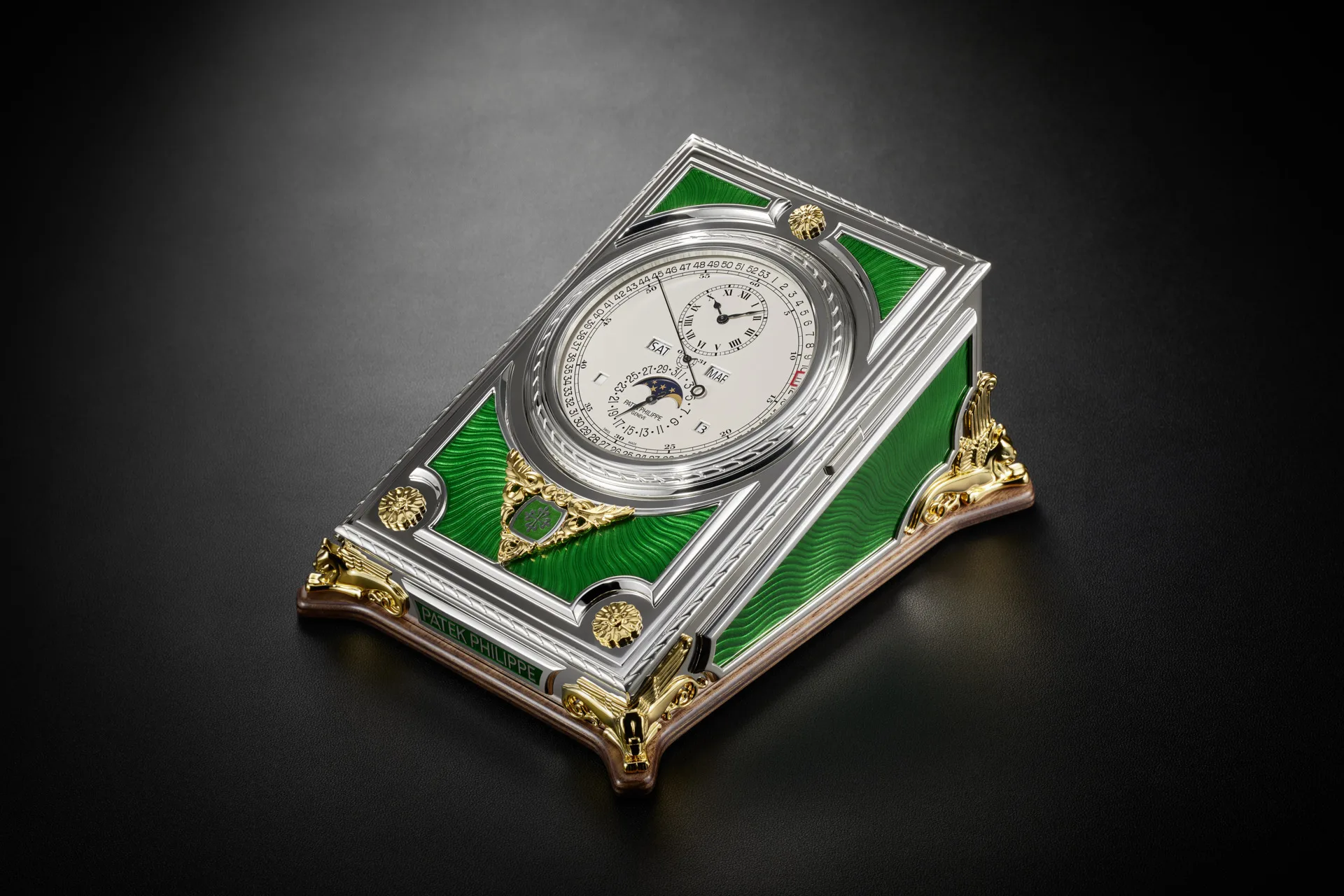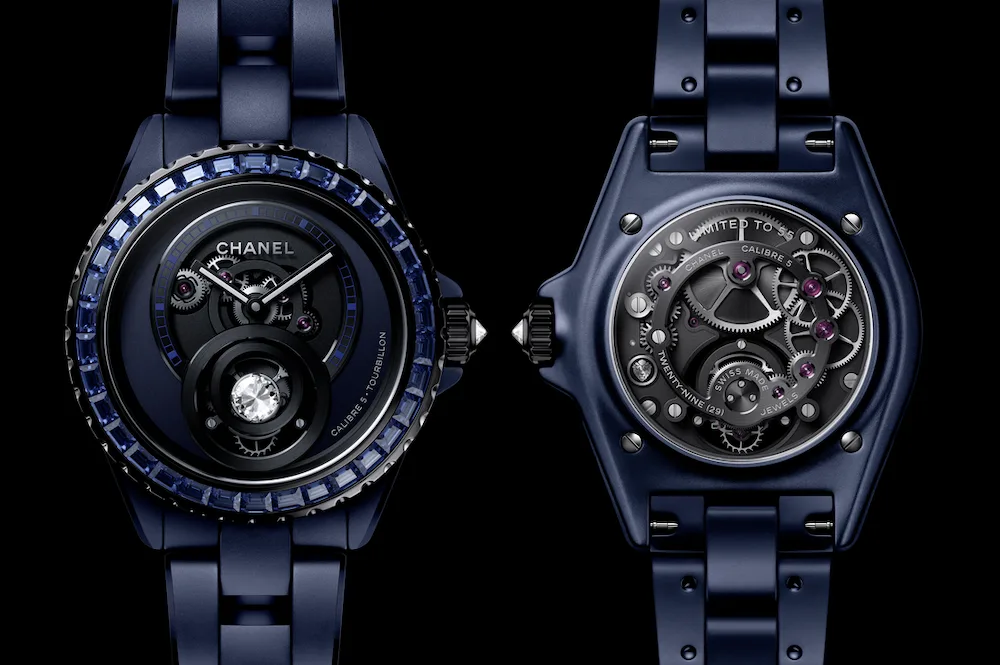Despite its vintage, the Jaeger LeCoultre 101 watch that is produced today is much the same as it was when first made but for a few adjustments along the way. The 101 harks back to a bygone age where etiquette decreed that a lady was only to wear a watch during the daytime, not for formal or evening events. The diminutive 101 put an end to this problem. Set in gold or in a diamond bracelet, the watch was all but hidden (apart from the small dial) and hence a lady could tell the time at an event without infringing on the etiquette rules of the time.
It was for this reason that Queen Elizabeth II, for her Coronation, chose to wear a diamond 101 for the occasion. Her Majesty could mark the passage of time during the day without anyone (except those standing very close by) being aware that a watch was being worn on the regal wrist. There was nothing else like it then; or now for that matter.The modern day 101 continues as recognition of Jaeger’s ability to push the miniaturization of a mechanical movement to the smallest possible dimensions and set it in the most dazzling and imaginative jewellery forms. Back in the 1920s, to achieve the miniaturised form, Jaeger literally folded the movement in on itself! The watchmakers made the mechanism smaller by basically dividing it in half: placing one part of the movement (the winding barrel and part of the gear train) on top of the other half (containing the other part of the gear train and the escapement).
The new architecture aided the ability to repair the movement, being able to work on one half of the movement while the other half remained complete.At its debut, the Calibre 101 set the record for the world’s smallest movement and 91 years later it still holds that honour. When you think about all the patents and record-breaking feats announced every year in the world of horology, holding this distinction for such a long time is even more remarkable. The current construction and development of the 101 mechanism since its inception in 1929 is arguably artisanal watchmaking in its purest form. The watch parts are crafted in order that they fit the movement. The movement parts have to be individually examined and placed to make sure that they will work together. Because of that, the watch requires such skill that only the most talented of the watchmakers at Jaeger LeCoultre can work on them. Though the movement is not a limited edition in the strictest sense, the production is certainly restricted, with only about 50 made each year.
The original 101, as stunning now as it was then…

In terms of production over time, the quantities are small. The official numbers from the Jaeger LeCoultre archives show that between 1929 and 1994 the total production was 1646 movements; or approximately 22 watches a year. For such a basic movement, innovations and progress have been made occasionally and every so often. Although it is hard to comprehend, the whole movement only weighs one gram. The parts for the gear train are so small that highly specialised manufacturing techniques are required. The work is painstakingly slow. In an instance where the past truly does inform the present, the watchmakers working on the vintage pieces use the knowledge they gain from repairing them to inform the current production of where improvements can be made.
Introductions to the Jaeger 101 line are rare and occur infrequently. This year, the manufacture have introduced two new models of the famed jewellery watch: the 101 Snowdrop and the 101 Bangle, both of which are testament to the long standing excellence in design and execution of haute joaillerie watches.The Snowdrop is inspired, as the name suggests, by the white bell-shaped flowers that are able to grow through a thin layer of snow in the Vallée de Joux. The manchette-style Snowdrop exudes delicate femininity, with a circle of pear-shaped diamonds surrounding the dial to form a flower and waves of diamonds repeating the petal pattern in perfect symmetry all the way around the bracelet. Jaeger-LeCoultre’s designers chose a “griffe” (or claw) setting for the diamonds to minimise the presence of any metal and to allow light to pass through the gemstones from all angles, creating the radiance and beauty of that first flower to emerge through the brilliant whitened landscape.

The inspiration for the Bangle watch is found in the graceful geometry of Art Deco and the strong forms of 20th century Modernism. The bracelet is set with 996 brilliant-cut diamonds (total 19.7 carats) graduated in size to emphasise the sweeping curves of the design and create a dynamic interplay of symmetry and asymmetry. The manufacture’s artisans have combined two different settings for the gemstones: the griffe (144 diamonds) and the grain setting – inlaid into the precious metal – (852 diamonds), techniques which heighten the diamond’s three-dimensional effect and maximise the play of light. Even after 91 years, the Calibre 101 continues to be a dazzling micromechanical wonder, displaying contemporary freshness and beauty while hearkening back to an earlier era. With the passing of time, nothing has diminished the lustre of the workmanship or the astonishment that the watch movement is actually mechanical. There is a lost age of excellence in watchmaking and haute joaillerie that still continues with the Jaeger LeCoultre 101.

















Show Comments +